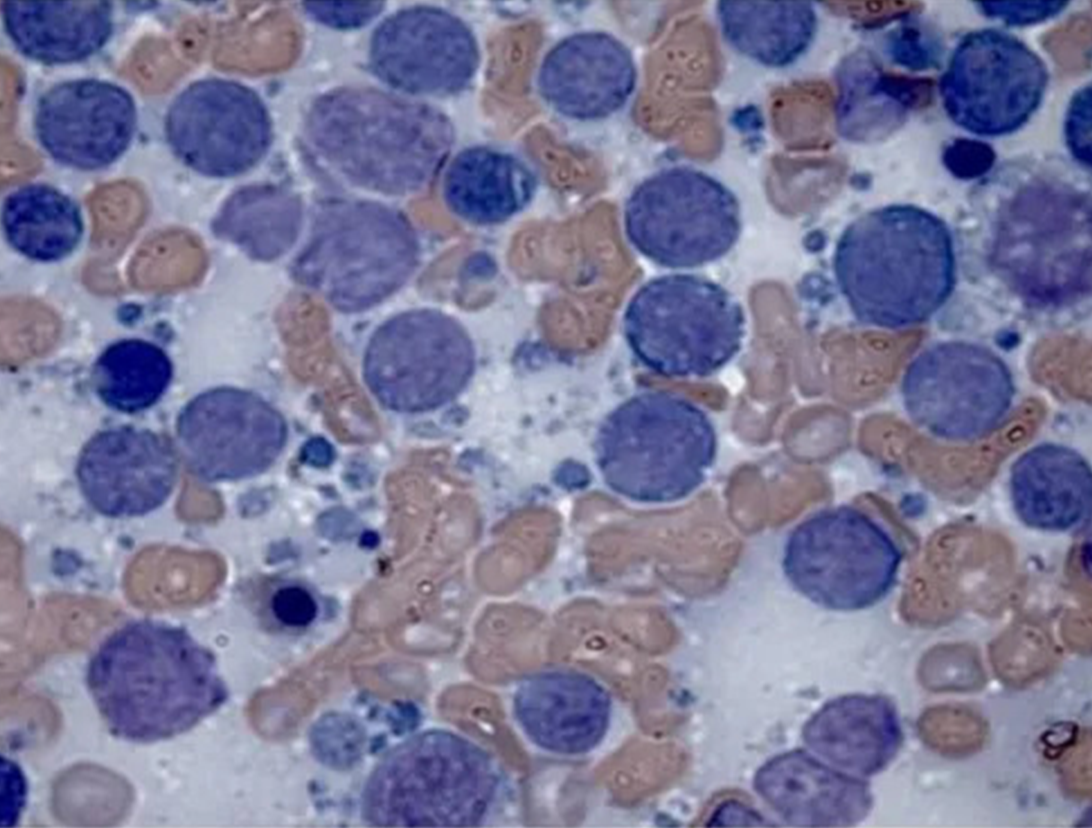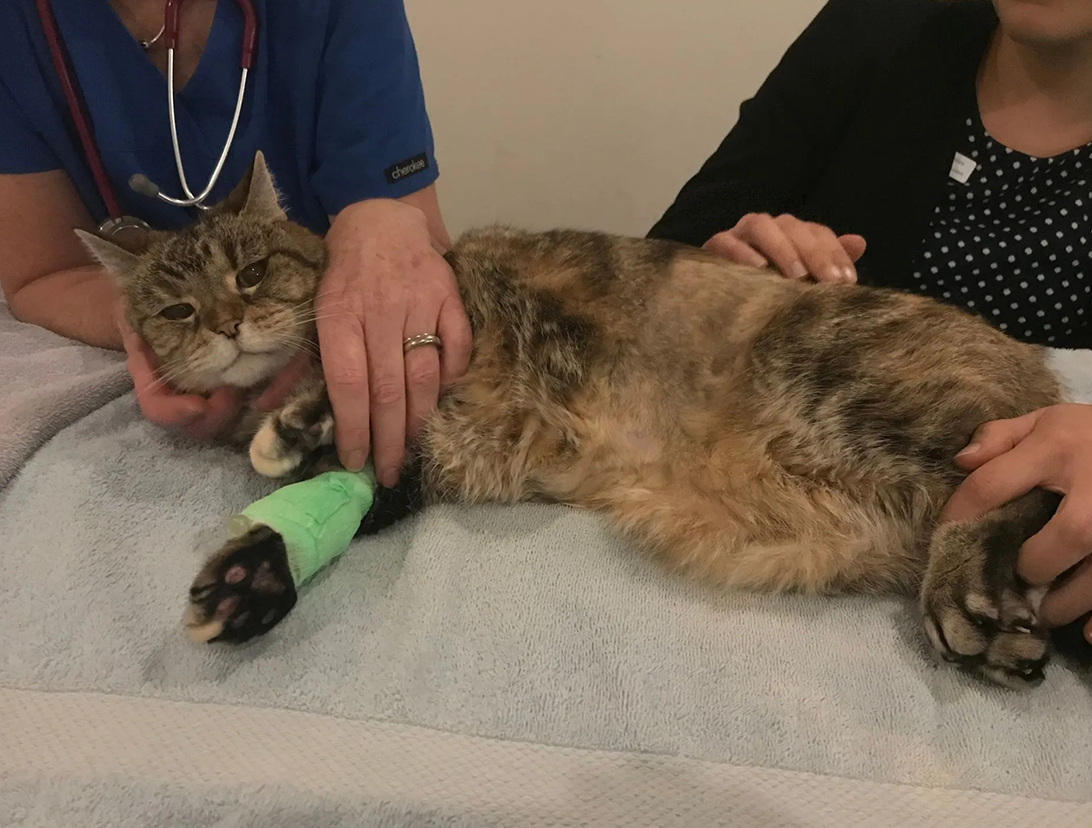Sometimes enlarged lymph nodes, abnormal body organs or an abnormal mass lesions are identified during imaging and fine needle aspirate (FNA) are recommended to obtain cellular samples.
The patient is sedated or under anaesthesia, depending on the location of the abnormality.
A small needle is guided into place using ultrasound and samples obtained.
As the needle size is very small, the sample obtained is also very small and there are some diseases that can be difficult to diagnose using this method. Some diseases though such as lymphoma or certain types of infections can be easily diagnosed this way.
Results are typically obtained within 48 hours of submission of the sample to the laboratory.







